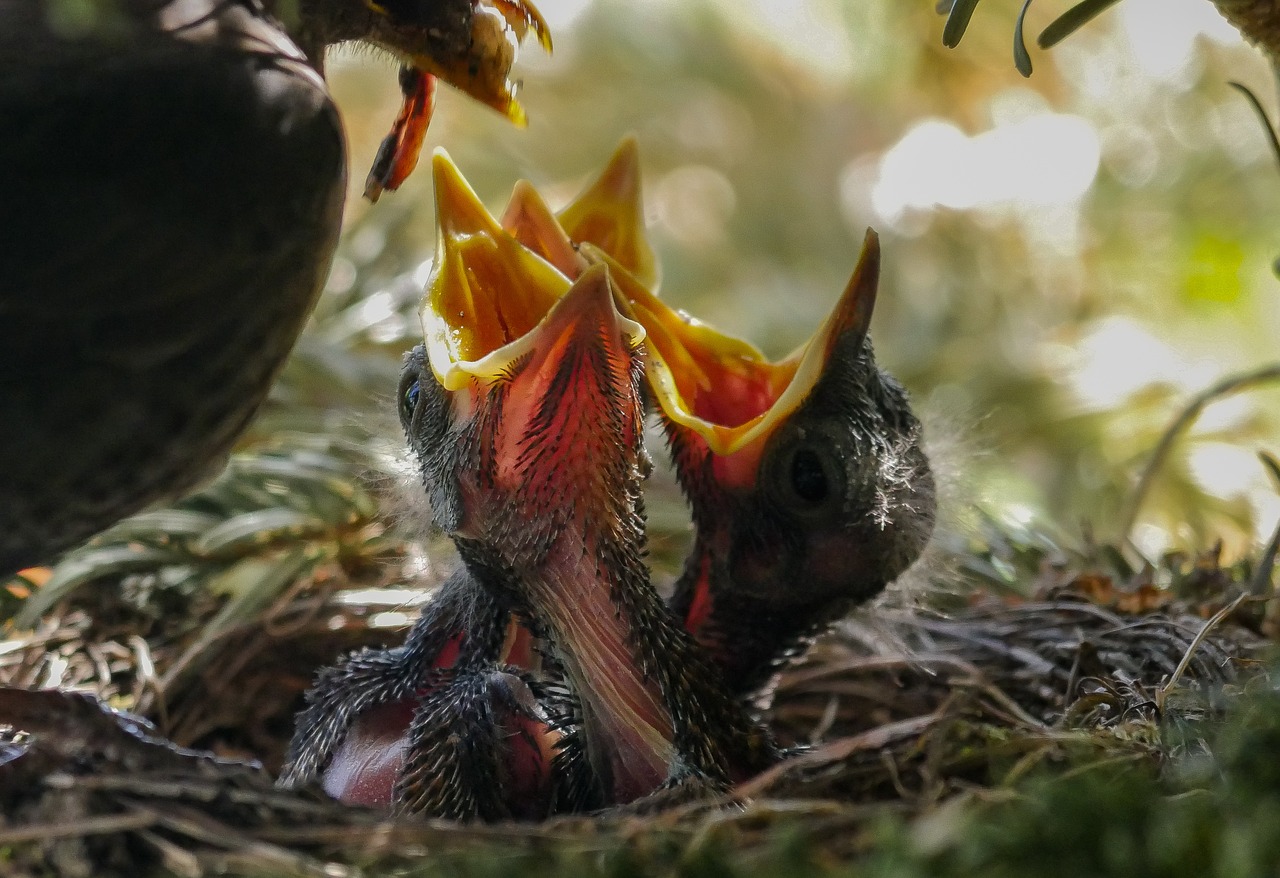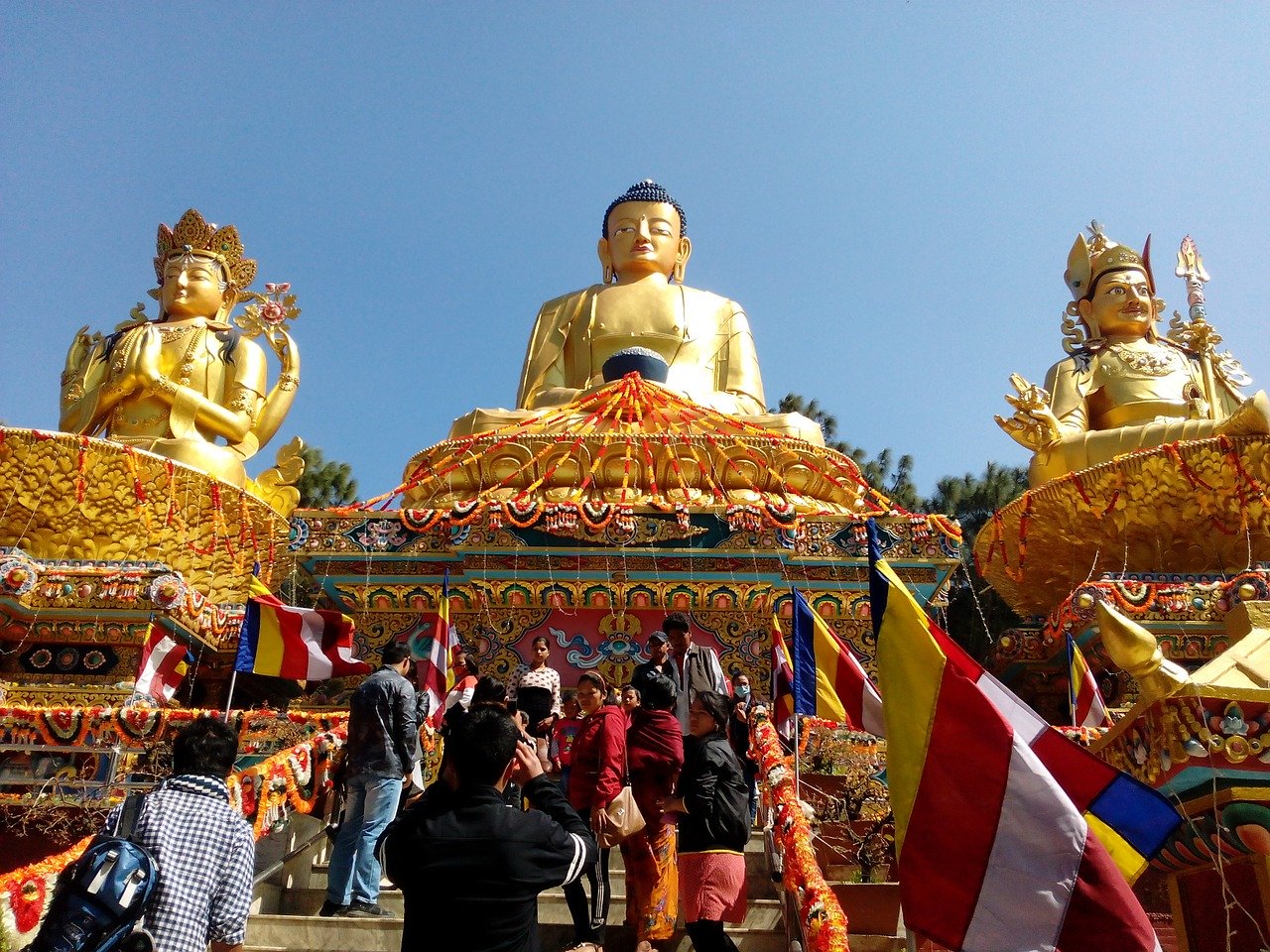Bird Watching in Nepal: The Best Places for Birding in Nepal
Nepal: A Hidden Paradise for Bird Enthusiasts
Discover the Avian Wonders of the Himalayas
Nepal, though small in size, is a treasure trove for bird watchers. With its diverse landscapes ranging from subtropical lowlands to alpine highlands, this Himalayan nation is home to an astounding 850+ bird species. Whether you’re a seasoned ornithologist or a casual nature lover, Nepal offers unparalleled opportunities to observe and appreciate its rich avian biodiversity.
Why Nepal is a Bird Watcher’s Dream Destination
- Diverse Habitats: From lush national parks to pristine conservation areas, Nepal’s varied ecosystems support a wide range of bird species.
- Accessibility: Even within the Kathmandu Valley, you can spot numerous bird species, making it convenient for time-constrained visitors.
- Year-round Opportunities: Different seasons bring various migratory birds, ensuring exciting sightings throughout the year.
Top Bird Watching Locations in Nepal
Kathmandu Valley: Urban Birding at Its Best
Despite being the country’s bustling capital region, Kathmandu Valley boasts over 500 bird species. Popular spots include:
- Phulchoki Hill: The valley’s highest peak, home to 265+ species including babblers, warblers, and eagles.
- Godavari: At Phulchoki’s base, featuring the Royal Botanical Garden and 100+ bird species.
- Shivapuri National Park: Just 11km north of Kathmandu, offering a pristine forest environment.
- Nagarjun Forest: Known for blue magpies, kalij pheasants, and Bonelli’s eagles.
Terai Region: Lowland Bird Watching Paradise
- Koshi Tappu Wildlife Reserve: A must-visit for serious bird watchers, featuring an incredible variety of resident and migratory species.
- Chitwan National Park: Offers diverse habitats and excellent chances to spot rare birds alongside other wildlife.
- Bardia National Park: Another lowland gem for bird enthusiasts.
Himalayan Region: High-Altitude Avian Adventures
The Everest and Annapurna regions offer unique opportunities to spot high-altitude species, including various raptors and Nepal’s national bird, the Danphe (Impeyan Pheasant).
Best Times for Bird Watching in Nepal
- Winter (December-February): Ideal for observing migratory waterfowl at locations like Taudaha Lake.
- Spring (March-May): Perfect for spotting breeding birds and enjoying pleasant weather.
- Autumn (September-November): Another excellent season as migratory birds return.
Sample Itinerary: 15-Day Nepal Birding Tour
- Kathmandu Valley exploration (2 days)
- Koshi Tappu Wildlife Reserve (3 days)
- Chitwan National Park (3 days)
- Lumbini – birthplace of Buddha and bird sanctuary (2 days)
- Pokhara and surrounding areas (3 days)
- Return to Kathmandu (2 days)
Tips for a Successful Bird Watching Trip in Nepal
- Bring your own binoculars and field guides for the best experience.
- Hire local guides who know the best spots and can identify species.
- Respect wildlife and local communities by following responsible tourism practices.
- Be prepared for varying climates and terrains, especially if visiting multiple regions.
Why Nepal Should Be on Every Bird Watcher’s Bucket List
Nepal’s incredible avian diversity, coupled with its breathtaking landscapes and rich culture, makes it an unparalleled destination for bird enthusiasts. From the chance to spot rare species to the thrill of discovering new ones, a bird watching trip to Nepal promises unforgettable experiences and memories to last a lifetime.
So pack your binoculars, grab your field guide, and get ready to embark on an extraordinary avian adventure in the heart of the Himalayas!
Exploring Nepal’s Bird Watching Hotspots: From Urban Sanctuaries to Wetland Wonders
Urban Oases: Discovering Avian Life in Kathmandu’s Hidden Corners
Nagarjun: A Forested Haven for Majestic Birds
Nestled on the outskirts of Kathmandu, Nagarjun forest offers bird enthusiasts a chance to spot magnificent species such as:
- Northern Eagle Owl
- Red-billed Blue Magpie
- Long-tailed Mountain Thrush
- Chestnut-headed Bee-Eater
- Maroon Oriole
- Large Hawk Cuckoo
- Eurasian Woodcock
- Brown Wood Owl
Unexpected Urban Retreats
- Rani Bari: A small forest patch between Samakhushi and Lazimpat, home to warblers, eagles, and migratory thrushes.
- Religious Sites:
- Pashupatinath area forests
- Swayambhunath, boasting 68 recorded species including birds of prey
Combining Passions: Bird Watching and Leisure
The Gokarna forests offer a unique opportunity to combine golf with bird watching. Swap your golf club for binoculars to spot:
- Lesser Yellownape
- Grey-headed Woodpecker
- Orange-bellied Leafbird
- Long-tailed Minivet
- Yellow-bellied Fantail
- Ashy Wood Pigeon
- Brown Fish and Brown Wood Owls
Community-Led Conservation Success Stories
Setidevi Community Forest
Located in Bhaktapur’s Suryavinayak area, this forest showcases the benefits of participatory conservation. Bird species include:
- Kalij Pheasant
- Great Barbet
- Large-tailed and Grey Nightjars
- Grey-bellied, Eurasian, and Oriental Cuckoos
- Common Buzzard
- Eurasian and Himalayan Griffons
Tokha: Where Culture Meets Nature
Near the Budhanilkantha Temple, Tokha’s forests are home to:
- Oriental Turtle Dove
- Fulvous-breasted and Crimson-breasted Woodpeckers
- White-capped Water Redstart
- Spiny Babbler
- Green-billed Malkoha
Historical Significance in Bird Watching
Chandragiri Hill: Birthplace of Nepal’s Ornithological Legacy
This historical site, where Brian Hodgson first arrived in Kathmandu, still hosts:
- Oriental Turtle Dove
- Hodgson’s Redstart
- Scaly Thrush
- Red-billed Leiothrix
- Various owl and cuckoo species
Urban Renewal Projects for Bird Conservation
Bagmati River Nature Park
A 2.5km long, 200m wide strip along the Bagmati River, this park is home to:
- Common Hoopoe
- Common Kingfisher
- Eurasian Collared Dove
- Aberrant Bush Warbler
- Common Chiffchaff
- Siberian Rubythroat
- Eurasian Wryneck
- Rose-ringed Parakeet
Wetland Wonders: Taudaha Lake and Bagmati River
Taudaha Lake: Last Refuge for Migratory Water Birds
This natural lake offers passive bird watching opportunities. Species include:
- Lesser Whistling Duck
- Common Coot
- Falcated Duck (rare)
- Mallard
- Spot-billed Duck
- Common Teal
- Northern Pintail
- Ruddy Shelduck
- Red-crested, Ferruginous, and Common Pochards
- Steppe Eagle
- Great Cormorant
Bagmati River: From University to Chobar
This stretch attracts migrating wildfowl and waders such as:
- Black-crowned Night Heron
- Little, Intermediate, and Great Egrets
- White-breasted Waterhen
- Common Moorhen
- Northern Shoveler
- Grey-headed Lapwing
The Crown Jewel: Koshi Tappu Wildlife Reserve
A Wetland Paradise of International Importance
Koshi Tappu offers diverse habitats across 17,500 hectares, including:
- Grasslands
- Riparian vegetation
- Ox-bow lakes
- Marshes
- Sparse forests
Impressive Statistics
- Over 170 bird species can be spotted in a single day
- Hosts Nepal’s largest heronry with 26,000 nests of 12 wader species
- Home to 20 globally threatened species
- Highest population of the endangered Swamp Francolin
- Shelter for 13 of Nepal’s 22 near-threatened bird species
A Hotspot for New Discoveries
Most newly discovered bird species in Nepal over the past decade have been found in Koshi Tappu, making it a must-visit destination for serious bird watchers and ornithologists alike.
By exploring these diverse bird watching locations across Nepal, from urban sanctuaries to wetland wonders, enthusiasts can experience the country’s rich avian biodiversity while contributing to conservation efforts and supporting local communities.
Nepal: A Bird Watcher’s Paradise
Nepal, with its diverse landscapes and ecosystems, offers an unparalleled experience for bird enthusiasts. From the lowland Terai to the soaring Himalayas, this small country boasts an impressive array of avian species that draw birdwatchers from around the globe.
The Rich Birdlife of Nepal’s Lowlands
Chitwan National Park: A Haven for Rare Birds
Established in 1973, Chitwan National Park is a crown jewel in Nepal’s conservation efforts. This UNESCO World Heritage Site, located in the central Terai valley, spans 972 square kilometers and is home to over half of Nepal’s total bird species.
Key features of Chitwan National Park:
- Houses 540 bird species, including two-thirds of Nepal’s globally threatened birds
- Home to the endangered Bengal Florican and Slender-billed Babbler
- Hosts the largest population of Slender-billed Babbler in the Indian subcontinent
- Breeding ground for the endangered Indian Spotted Eagle
The park’s diverse habitats, including Sal forests, grasslands, and wetlands, provide ideal conditions for a wide variety of birds. Birdwatchers can spot rare species such as:
- Baer’s and Ferruginous Pochards
- Black-bellied Tern
- Indian Skimmer
- Pallas’s and Grey-headed Fish Eagles
- Four species of vultures
- Greater and Lesser Adjutants
- Spot-bellied Pelican
Koshi Tappu Wildlife Reserve: A Wetland Wonder
While not extensively covered in the original text, Koshi Tappu Wildlife Reserve deserves mention as another crucial lowland bird habitat. This wetland sanctuary is famous for its diverse waterfowl population and migratory birds.
Pokhara Valley: Where Lowland Meets Highland
A half-day’s drive west of Kathmandu, Pokhara Valley offers a unique bird watching experience due to its geographical location and abundance of lakes.
Highlights of bird watching in Pokhara:
- Diverse species from both lowland and highland habitats
- Excellent vulture sightings at nearby Naudanda area
- Winter visitors like Long-tailed Mountain Thrush and Chestnut-headed Tesia
- Rare sightings of Falcated Duck and Goldeneye on Phewa Lake
Trekking and Birding in the Annapurna Region
The Annapurna Conservation Area Project (ACAP) is a biodiversity hotspot that attracts both trekkers and bird enthusiasts.
Key birding attractions in ACAP:
- 486 bird species recorded
- All six of Nepal’s Himalayan pheasant species
- Rare sightings of Cheer Pheasant and Satyr Tragopan
- Important raptor migration site with over 8,000 individuals from 20 species recorded in a single season
Langtang and Gosainkund: High-altitude Birding
Langtang National Park and the nearby Gosainkund area offer excellent opportunities for observing high-altitude bird species.
Notable birds in this region:
- Wood Snipe (globally threatened)
- Satyr Tragopan
- Nepal Wren Babbler
- Lammergeier
- Snow Partridge
- Himalayan Monal
Western Terai: Bardia and Suklaphanta
The western Terai region, home to Bardia National Park and Suklaphanta Wildlife Reserve, is crucial for grassland and forest bird species conservation.
Highlights of birding in Western Terai:
- Bardia National Park: 426 bird species
- Suklaphanta Wildlife Reserve: 373 bird species
- World’s largest population of Bengal Florican in Suklaphanta
- Only known wintering site for Hodgson’s Bushchat
The Future of Bird Watching in Nepal
Nepal’s diverse avian population continues to surprise researchers and enthusiasts alike. In the past decade, 11 new bird species and two new sub-species have been identified, highlighting the potential for further discoveries.
Conservation Challenges
Despite its rich birdlife, Nepal faces conservation challenges:
- Decline in bird numbers (e.g., from 50,000 to 10,000 in a single-day count over two decades)
- Habitat loss, particularly in lowland areas
- Climate change impacts on high-altitude species
Eco-tourism and Bird Watching
Bird watching is becoming an increasingly important component of Nepal’s eco-tourism industry. In 2007-2008, Chitwan National Park alone received 100,000 visitors, with approximately 20% focused on bird watching.
Conclusion: Nepal’s Avian Treasures Await
From the rare Bengal Florican in the lowlands to the elusive Snow Partridge in the high Himalayas, Nepal offers bird watching experiences that cater to both casual observers and dedicated ornithologists. With 27 Important Bird Areas identified by Bird Life International and Bird Conservation Nepal, the country continues to be a prime destination for those seeking to explore the wonders of avian biodiversity.
Whether you’re trekking through the Annapurna region, exploring the grasslands of Chitwan, or scanning the skies above Pokhara, Nepal’s birdlife is sure to leave you in awe. As one Australian birder aptly put it after visiting Koshi Tappu Wildlife Reserve, the experience is simply “fantastic” – and might just leave you reaching deeper into your pockets for a well-deserved tip to your local guide.




Post Comment